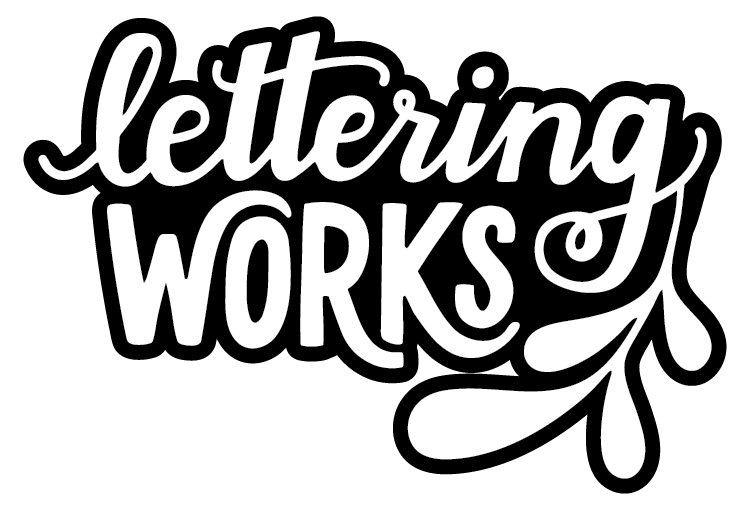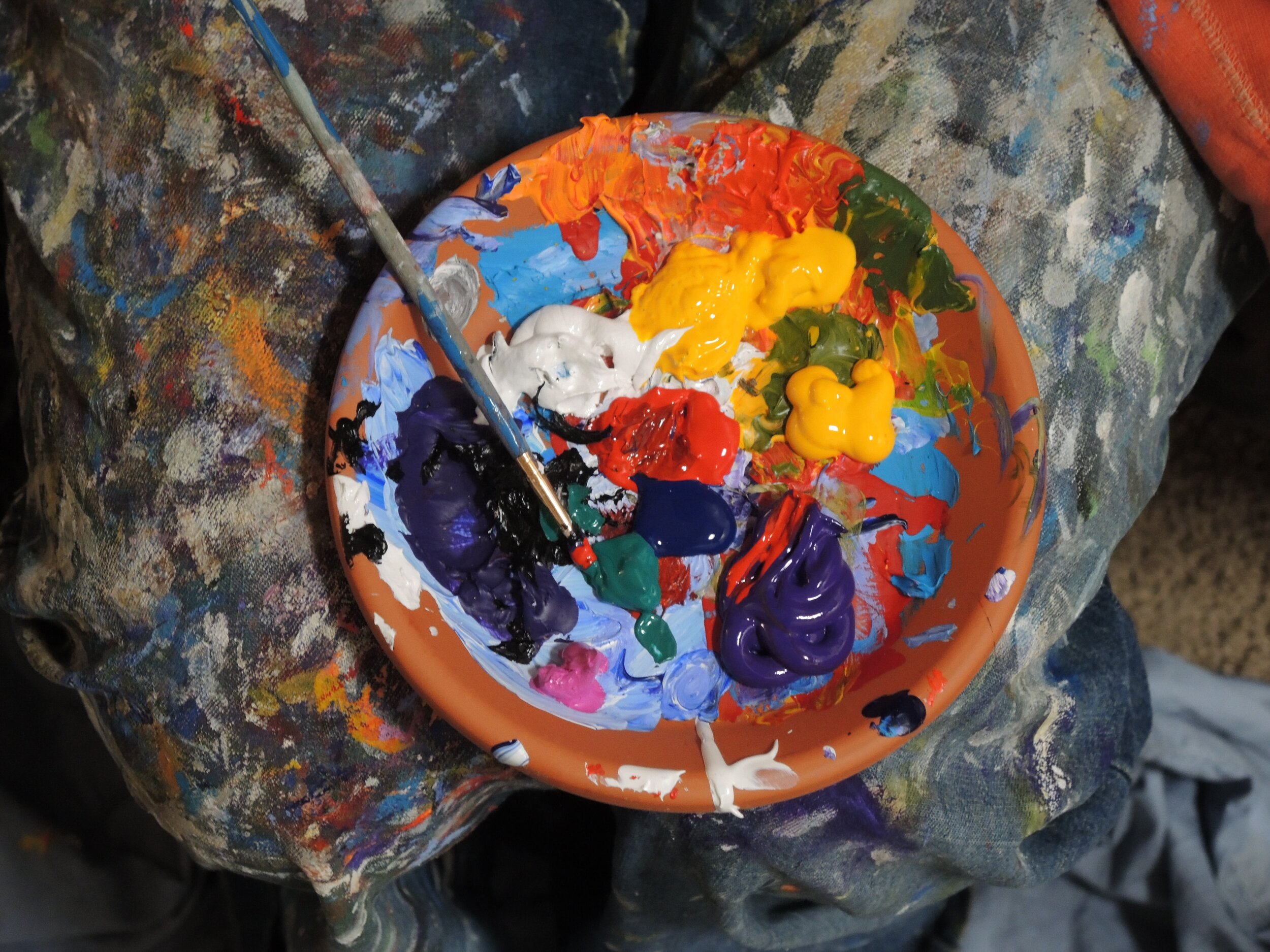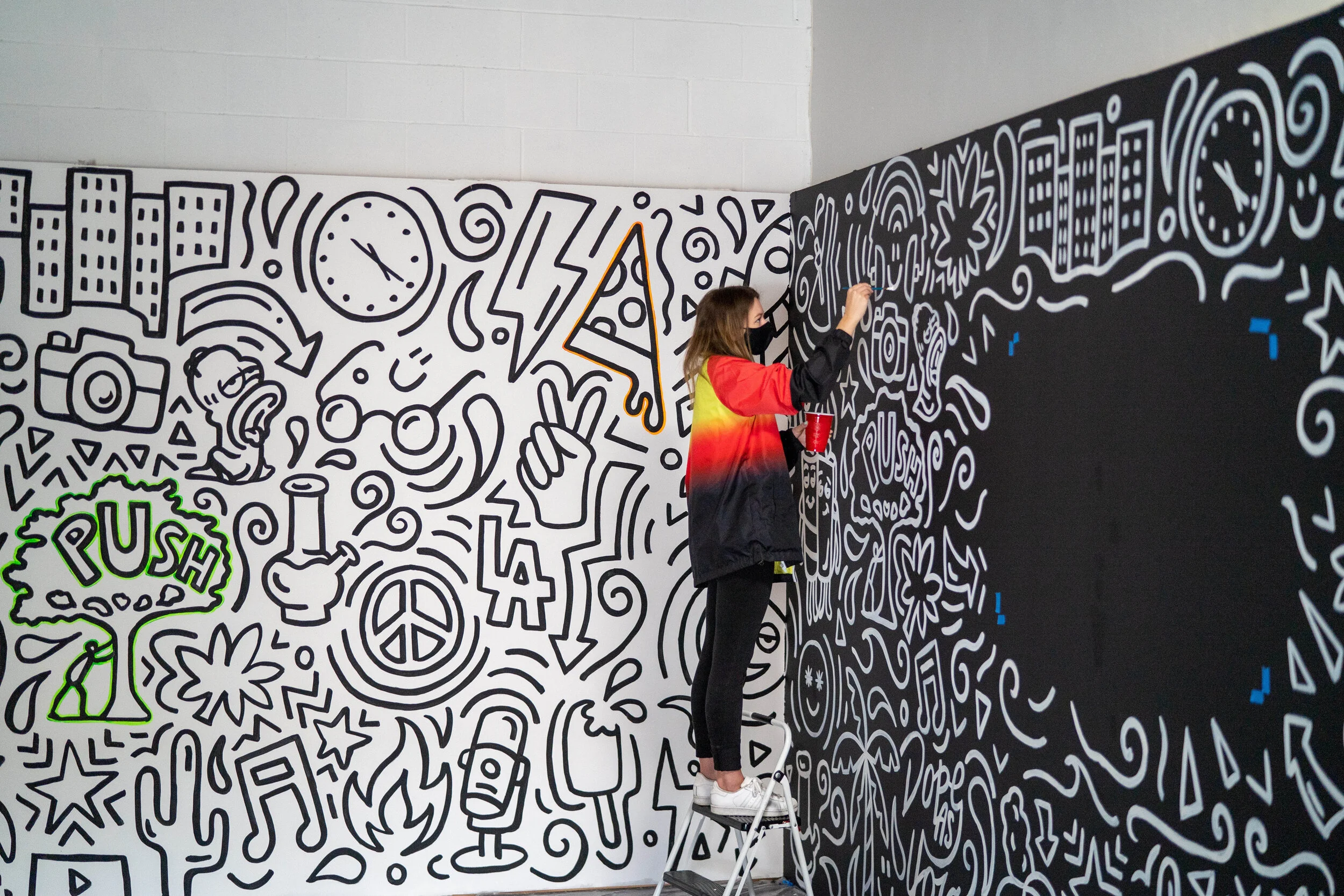How Much Do Artists Make?
How much do artists make? Well, the easy answer is — visual artists can make anywhere between $0 and $1 billion. But I’m sure that’s not the answer you are looking for. While it’s nice to know that some visual artists have ‘made it’ to a level comparable to Hollywood stars and tech founders — they are the exception.
Unfortunately, most artists can identify with the centuries old ‘struggling artist’ or ‘starving artist’ mantra. I know we’re all begging the question — does it really have to be this way? As a fellow artist, who’s built a growing arts business, I can confidently tell you no, you do not need to struggle or starve to be a thriving artist.
What if I told you it’s possible to make a sustainable living from your art? We’re talking all bills paid, decent healthcare coverage and some extra money for ... new art supplies *gasp*. It’s time to invest in your future and fast-track yourself to feeling confident and able to make the money you need to live from your art. This article will help you understand the different ways artists make money as well as some average salaries of different artists.
Table of Contents
7 Types of Artist Income
How do Artists Make Money?
22 Average Artist Salaries
7 Types of Artist Income
There are many different ways for artists to make money. Depending on what the artist creates, who they like to work with and how much they want to make as an artist, the type income they acquire may differ. Most artists don’t just have one source of income for their art, so many fall into several of these categories as their career evolves over time.
Commercial Artist
Commercial artists create art that promotes a product, service or idea. One major benefit for these artists or advertisers is that they can be paid a salary with benefits or they can be hired on contract for a specific project depending on what the company needs and how the artist prefers to do business. These artists also need to work within specific guidelines determined by the company, which can be a welcomed challenge.
Commercial artists use a variety of artistic mediums to create their work from music for jingles, to graphic design and photography for billboards and websites, to sculpture for in-person or even makeup artists for models. The opportunities for commercial art are endless — it’s just a matter of finding the right company at the right time and a need for a specific skillset.
Commission Artist
Commission artists create art per the request of someone else, whether it be an individual, group, business, government, etc.These requests are typically for custom art within the realm of the artist's expertise.
Lots of artists work on commission, but in order to be successful, they need to build a client-base by making a name for themselves and exposing their work to people willing to pay for commissioned art. With a well built-out client base, artists are then able to be selective with their requests and can name a price for their work without worrying about deterring clients. The main challenge with commissioning work is find the right target audience to market and ultimately sell the art.
Freelance Artist
Freelance artists are self-employed and, similar to commission artists, they create art for clients who pay for their work. These artists may create work for several different clients at any given time, or they may be contracted to work on a specific artwork and complete it by the end of the contract.
Many artists have a love-hate relationship with the hustle that comes with freelancing. On one hand, they’re constantly working on new projects, but on the other hand, they’re always working on finding their next gig.
Wholesale Artist
Wholesale artists sell their work at roughly half the market value to a wholesale vendor.This can be a great way to collect a lump sum of cash without having to do all the work of marketing and selling the art.
Working with wholesale vendors also provides them with access to a new audience, so while they are selling their work for a fraction of what they would make selling directly, they are expanding their customer base and making sales without having to do a lot of work.
Ghost Artist
Ghost Artists are like ghost writers — they are artists who create work but do not receive direct credit for it. In return, they are paid for their efforts, and their work may be credited to another person.
Many artists are in fact ghost artists, but we don’t think of them this way. There are copious amounts of art out there without an artist linked to their name. Think of advertisements or commercial art for branded products, like beverages, packaged goods and book covers to name a few. Many artists behind these fantastic brands and goods are anonymous. But at least they’re getting paid for their work — we hope!
Funded Artist
Funded artists often take part in artist residencies or receive grants, which pay them to create work under certain guidelines or timelines.
Artist-in-residency programs vary, but generally they include room and board, and may also include some kind of stipend for the artist to live off of during the program. These programs are a great way for artists to work in a new location and among other artists for a period of time.
Artist grants and prizes are another great way for artists to fund their art, but receiving awards is not a consistent nor reliable way to make a living as an artist.
Teaching Artist
Teaching artists are employed by schools or universities to both teach and make art. This is a smart route for many artists because oftentimes the education establishment they work for will provide the materials they need to create artwork.
For artists who work with expensive material or equipment, like printmaking or sculpture, working for a university is a great way to gain access to an equipped studio space without having to front the cost of equipment or maintenance.
How do Artists Make Money?
Now that we’ve covered some of the main ways artists can make money, let’s look more specifically at how they go from creating art to actually selling it.
Make Art That Sells
Artists planning on making a living on selling their art need to make sure they’re creating art that people are willing to spend money on. However, in a world of mass-produced art, people don’t always understand the cost behind art.
To help customers understand the value behind their art, it can be helpful for both the customers and the business to provide some insight to the artistic process. Doing so will help customers understand that the final product didn’t just appear with little time or thought behind it.
Instead, share the timeline of how long you’ve been working on your process or a project; share the resources that go into making your work (without giving away your secret sauce) and help them understand that even if something takes you a short period of time to make, you’ve probably spent days, weeks, months, or even years to create the final product or get to that brilliant idea.
Know your worth (and then add tax)
Putting a price on your time and work is hard. It’s hard to account for the years you’ve spent perfecting your process, the money you’ve spent testing out materials and the ideas you’ve crafted from your experiences. Here’s some questions to consider when calculating your worth as an artist:
Where are you at now and where are you going?
Do you have multiple streams of revenue that are unique to your craft and interests?
Have you developed expert pricing strategies to earn your worth (plus tax)?
When did you last shift your mindset to think bigger + identify new opportunities?
Are you comfortable leveling up your professionalism, allowing you to confidently charge more?
Have you created a personalized roadmap with clear next steps, making your success inevitable?
Please, don’t forget to pay yourself
To make your arts business successful, it’s critical to pay yourself. Because if you can’t pay the bills and live a comfortable life, you’re going to get burned out and your arts business won’t survive. There are lots of resources out there, but one I’ve been recommended a few times is Profit First, which provides a simple guide for small business owners to build a profitable business.
Now more than ever, it’s critical for artists to set a price for their art that reflects their time, skills and ideas. One of the biggest mistakes artists make is underselling products and not paying yourself. So when you set a price for your art, make sure to include things like rent and electricity of your studio (or your apartment if that doubles as your studio), materials, years of experience, market value as well as how much you need to make to live a comfortable life — whatever that means for you!
Determine Where to Sell Art
What’s as important — if not more so — than making art that sells (at a dignified price), is marketing your art to a target audience. Sure, some salespeople can sell ice to eskimos, but they’re not likely going to have very happy customers, nor will they return or act as brand ambassadors and spread the good word of your business.
Instead of trying to sell your art to everyone, sit down and do some research on who your target audience is right now (because it will likely change over time). Build a buyer persona and consider things like:
Where do they live?
What is their age range?
What jobs do they have?
What hobbies do they enjoy?
What are their demographics?
What are their shopping habits? Online or in-store?
How much money do they make? How does my art fit into that range?
What is their interest in/need for the product/service/idea??
Additionally, consider who competitors are and look at who their target audience is and what they’re doing well to meet that audience’s needs and also where they’re not meeting their needs. When looking at competitors, consider things like:
Where are they located? Online or in-store?
How does their marketing appeal to their/your target audience?
What does their brand do well? What could you improve on?
How much are they selling their products for?
Also, reach out and do some first-hand market research by talking to competitors' customers and your target audience to determine what they like about the products currently available on the market, and what they would like to see more of. This will help you adjust your marketing plan and create work that speaks directly to the customers you most want to work with.
Sell Art Online
If you’re willing and able to sell art online, you’ll gain access to a much wider range of prospective customers because you won’t be limited to a network of friends, family and local brick and mortar shops.
There are several great website builders for small businesses that provide simple templates and beautiful designs without having to break the bank on a designer and software engineer.
Selling Art on Instagram
In addition to selling work online, venturing onto social platforms, like Instagram, is a great way to show off beautiful imagery of your artwork. It’s also one of the best ways to connect with prospective customers, interact with other artists in your industry to brainstorm and build partnerships as well as provide users a simple way to share your work (free marketing!).
The platform even has some great tools and resources for selling products on Instagram that allow customers to make purchases directly from your social profile or find your profile by searching targeted hashtags and keywords. While you may know how to use Instagram for personal use, it’s well worth the time to learn how to optimize your business account to sell your work and build your brand.
Invest in Yourself!
A critical part of making money as an artist is to invest in yourself. Wait...you mean spend time, money and resources on me? Yes, we mean invest time, money and resources in YOU!
Why? Because to build a sustainable living from your art i.e. pay the bills, maintain decent healthcare coverage and enjoy some extra money for — dare I say it — new art supplies, you need to grow and evolve first. Because only when you grow, your business can grow.
Now’s the time to invest in your future and fast-track yourself to feeling confident and able to make the money you need to live from your art. Such investments can take the form of a business class or doing a work-trade with another artist to learn a skill set that could take you and your business to the next level.
Average Artist Salary
Average artist salaries vary by individual and can be dependent on location, medium of work, experience, exposure as well as fluctuations in the art market. To provide you with some more specific numbers on average salaries for common career artists, we’ve gathered the top 22 artist salaries from payscale.com. This should give you a better idea of how other artists are fairing in your industry.
Top 21 Artist Salaries
Average yearly artist salaries:
Average VFX/Multimedia Artist Salary: $66,069
Average Visual Designer Salary: $65,712
Average Fashion Designer Salary: $65,232
Average Motion Graphic Designer Salary: $59,652
Average Textile Designer Salary: $58,331
Average Animator Salary: $55,611
Average Digital Designer Salary: $54,842
Average 3D Studio Artist Salary: $54,255
Average Concept Artist Salary: $51,933
Average Interior Designer Salary: $50,092
Average Graphic Designer Salary: $45,911
Average hourly artist salaries:
Average Tattoo Artist Salary: $97.96/hr
Average Musician or Singer Salary: $47.00/hr
Average Fine (Painter, Sculpture, Illustrator) Artist Salary: $20.63/hr
Average Illustrator Salary: $20.20/hr
Average Dancer Salary: $19.96/hr
Average Makeup Artist Salary: $18.57/hr
Average Production Artist Salary: $17.99/hr
Average Photographer Salary: $16.75/hr
Average Kitchen Chef Salary: $13.30/hr
Average Florist Salary: $12.17/hr
Average Manicurist/Pedicurist Salary: $11.92/hr
How Much Do Artists Make?
Artists make on average between $30,000 and $70,000 each year.
I totally get that owning your own business and pursuing art full-time can feel intimidating (society’s endless pressure on us creatives doesn’t help!). Maybe you don’t feel like your work is good enough yet or that running a business will always be too overwhelming to master. I’m not going to sugar coat it — it’s not easy, but it’s also well worth the effort.
Owning your own arts business isn’t a walk in the park. That’s exactly why I’m here working so hard to get the precious business knowledge — the knowledge I’ve gathered first-hand from years of building and owning my own artist business — into your hands. I’m ready to guide you through each step so you can move forward confidently in the direction of your dreams with my Self-Made Artist Academy. Turn your art into a sustainable career using this step-by-step program to gain the business knowledge you need.



